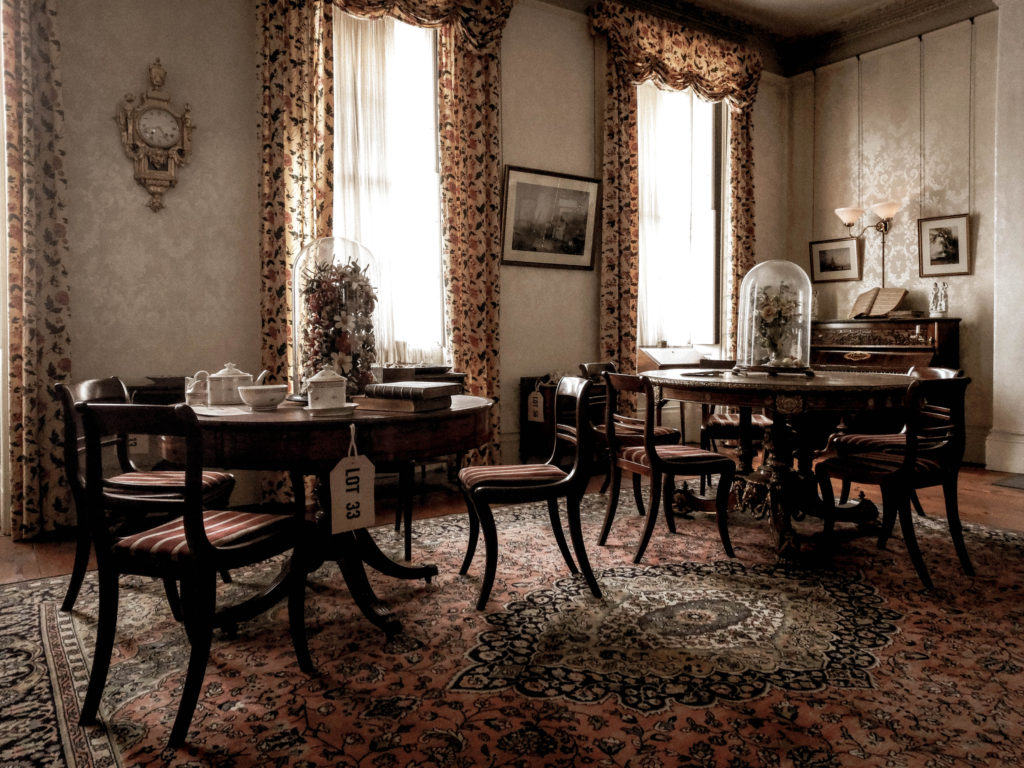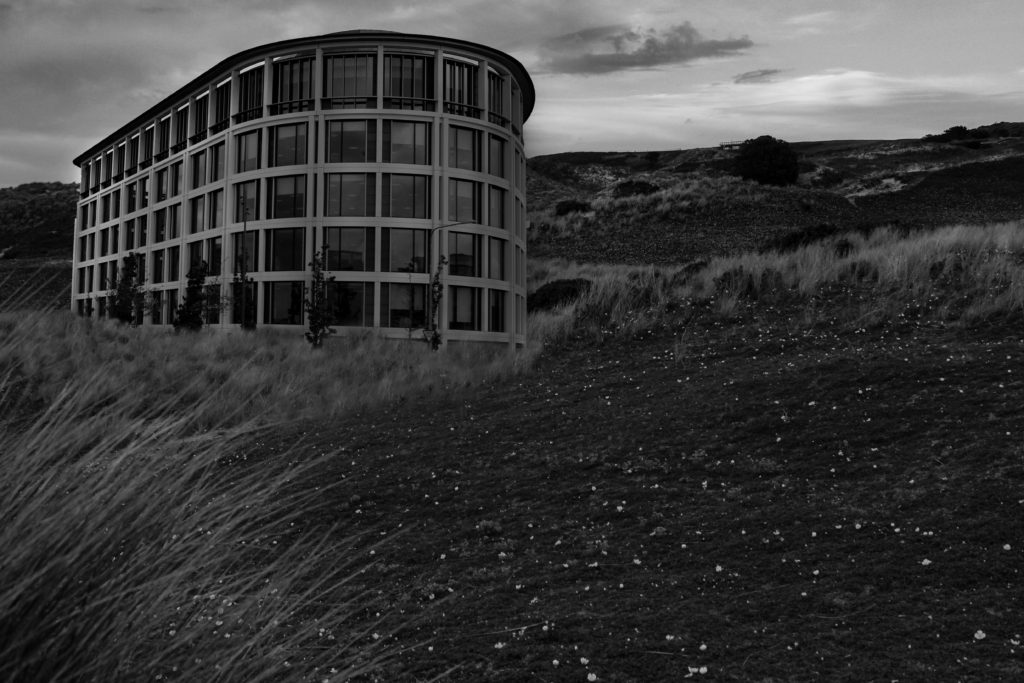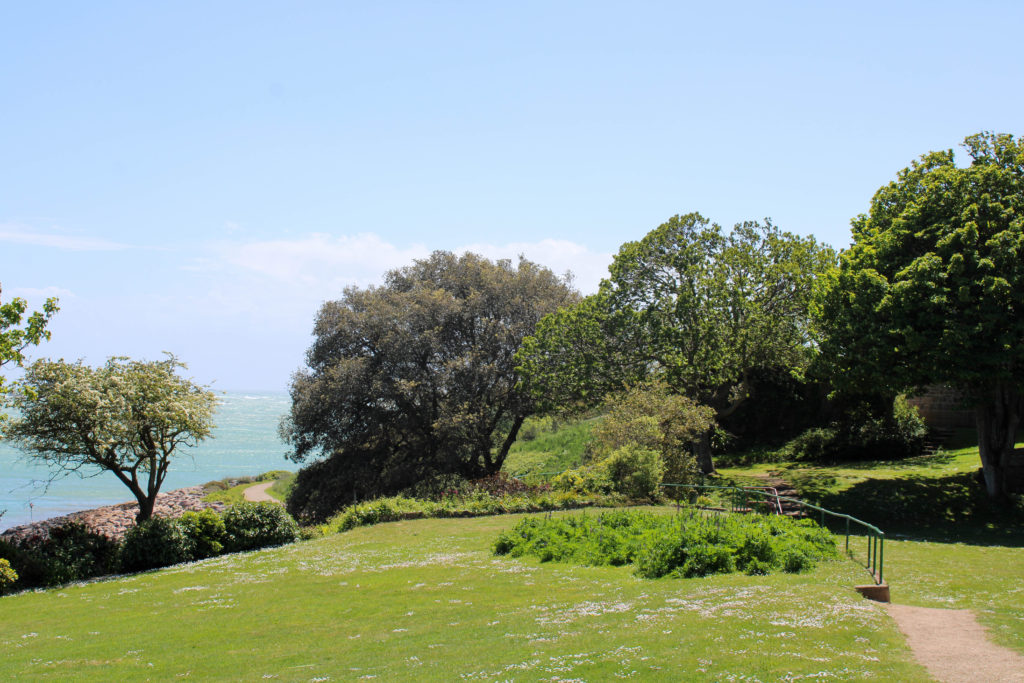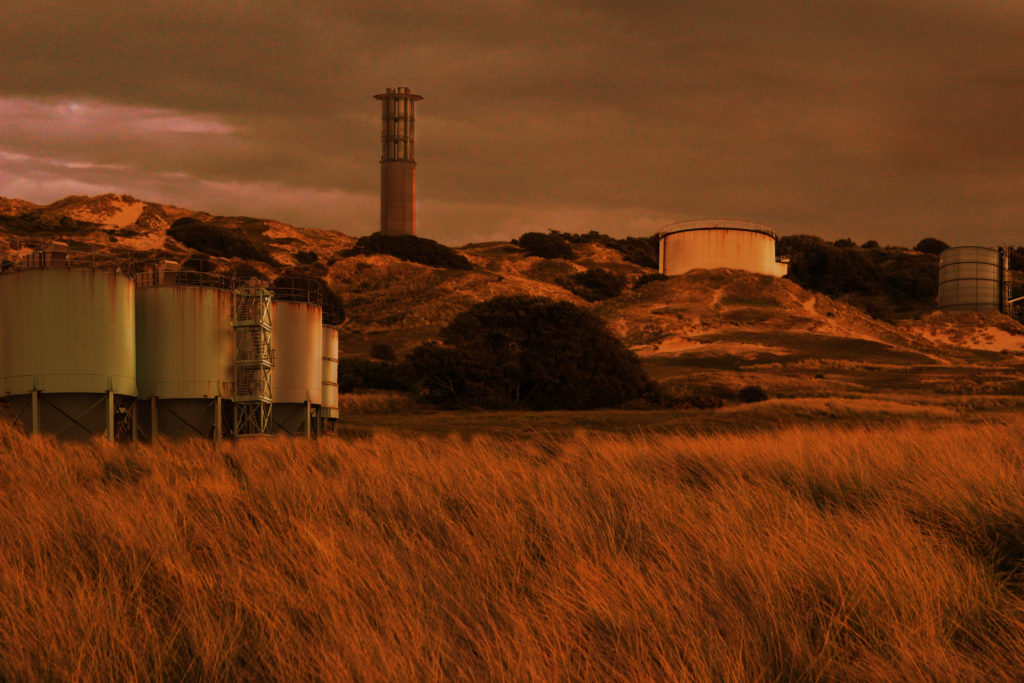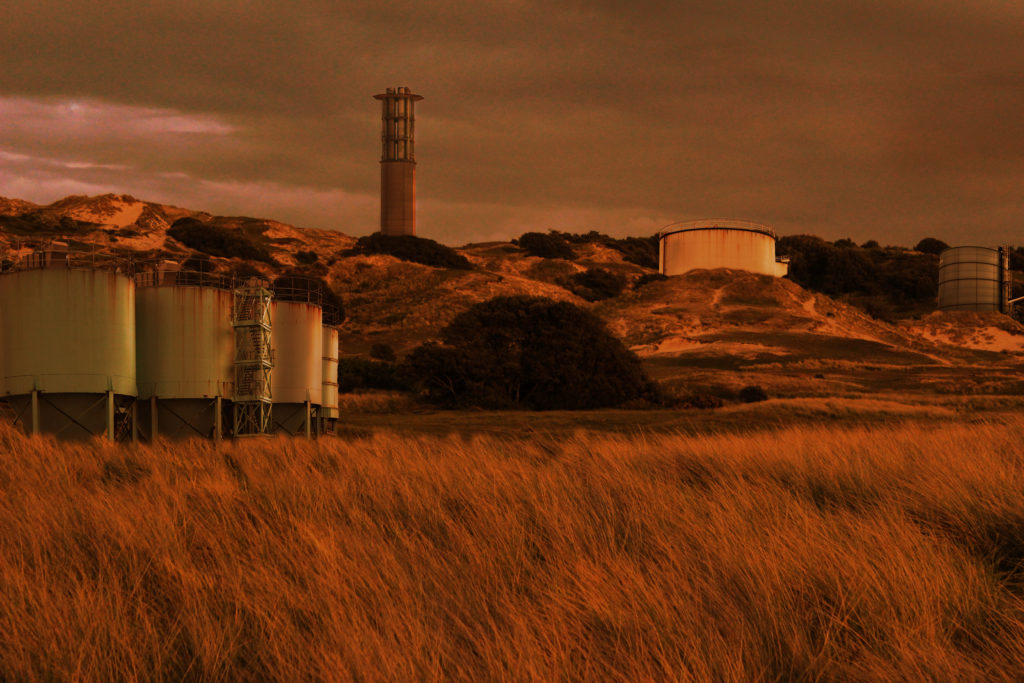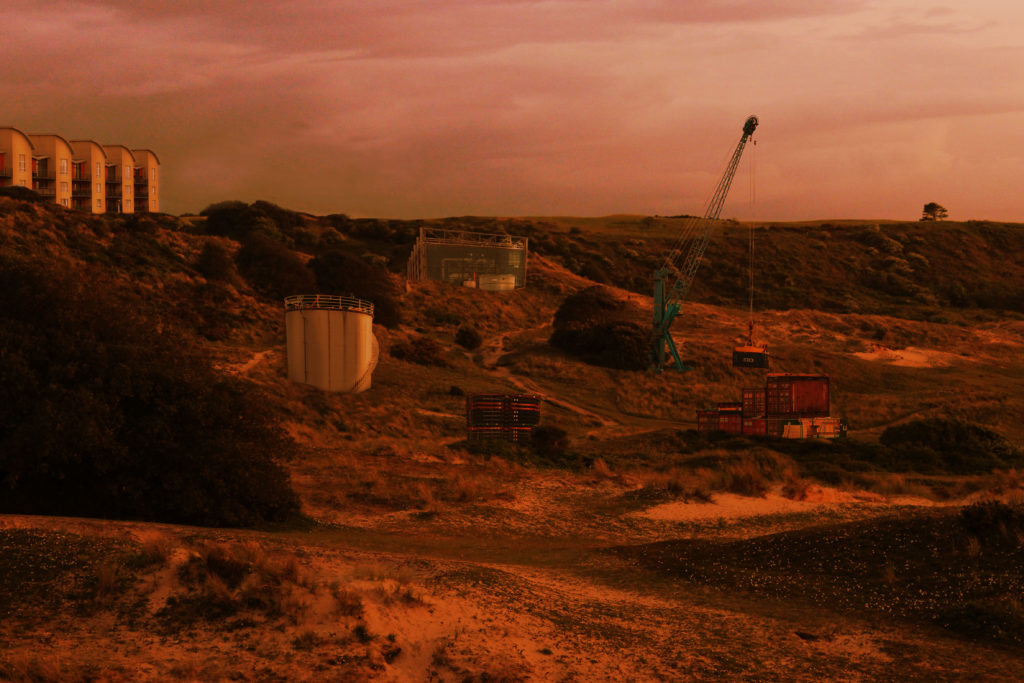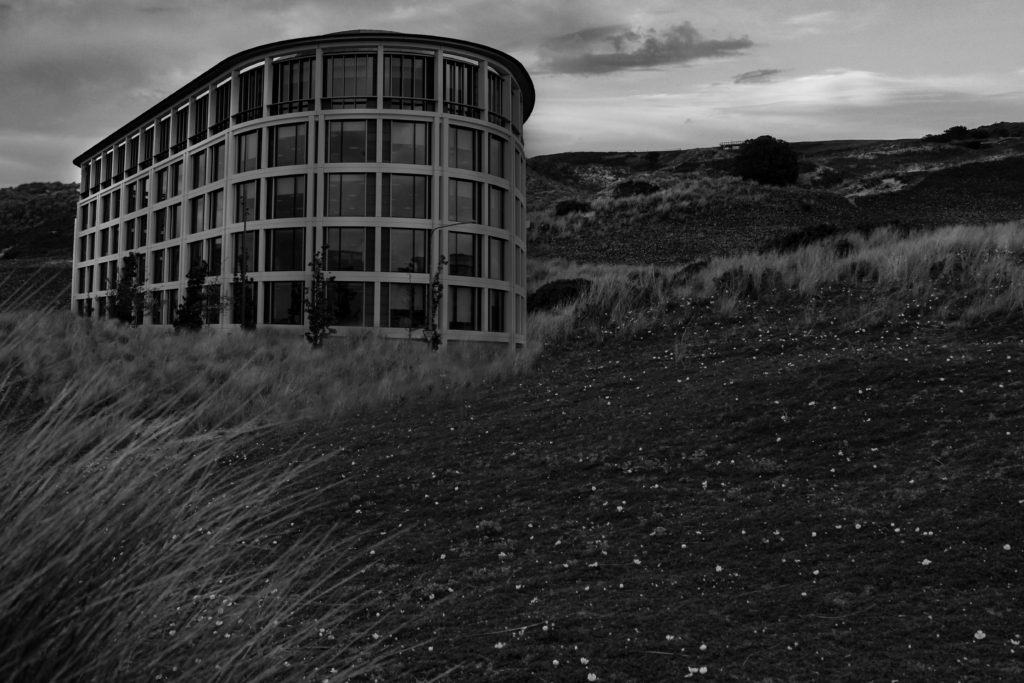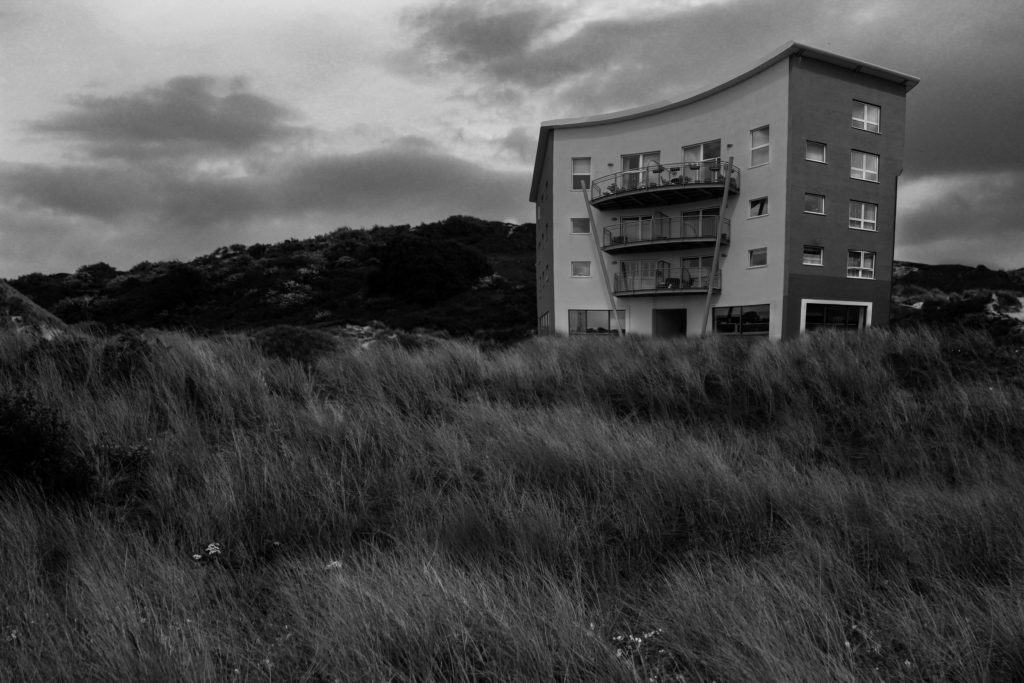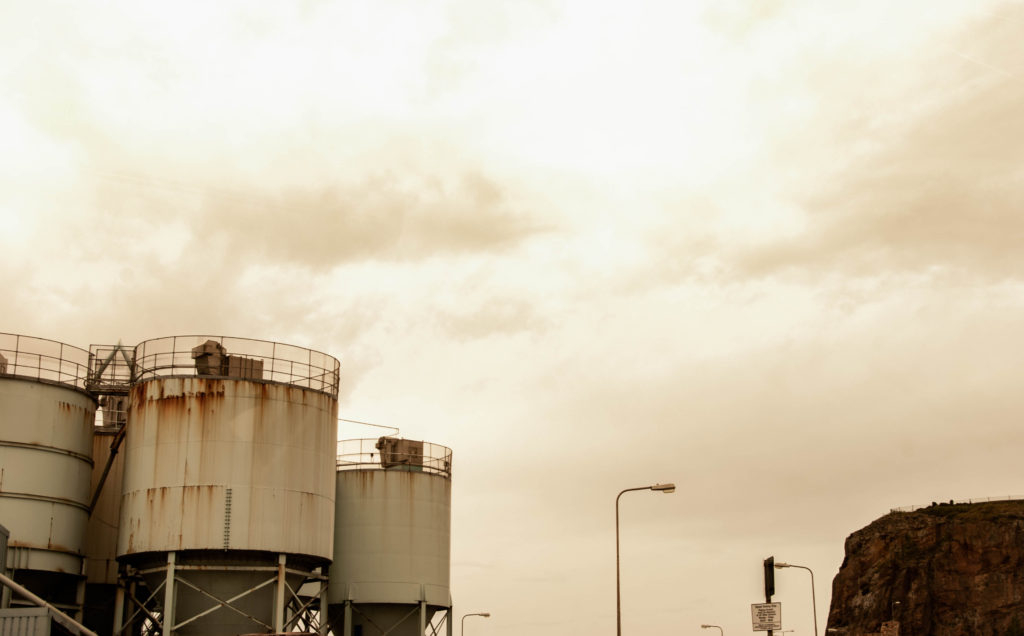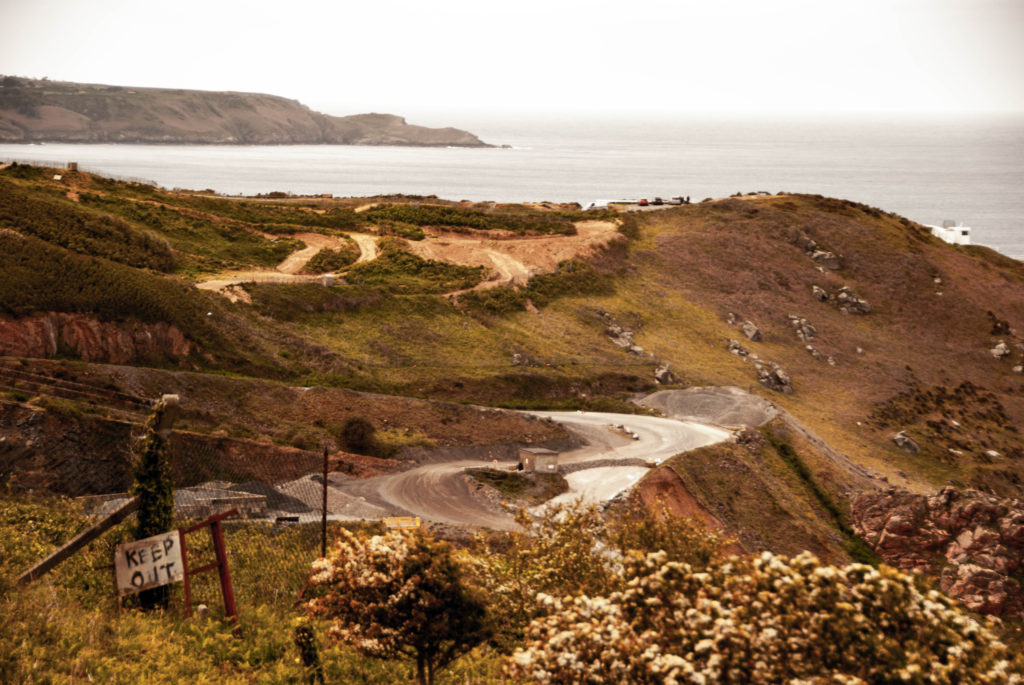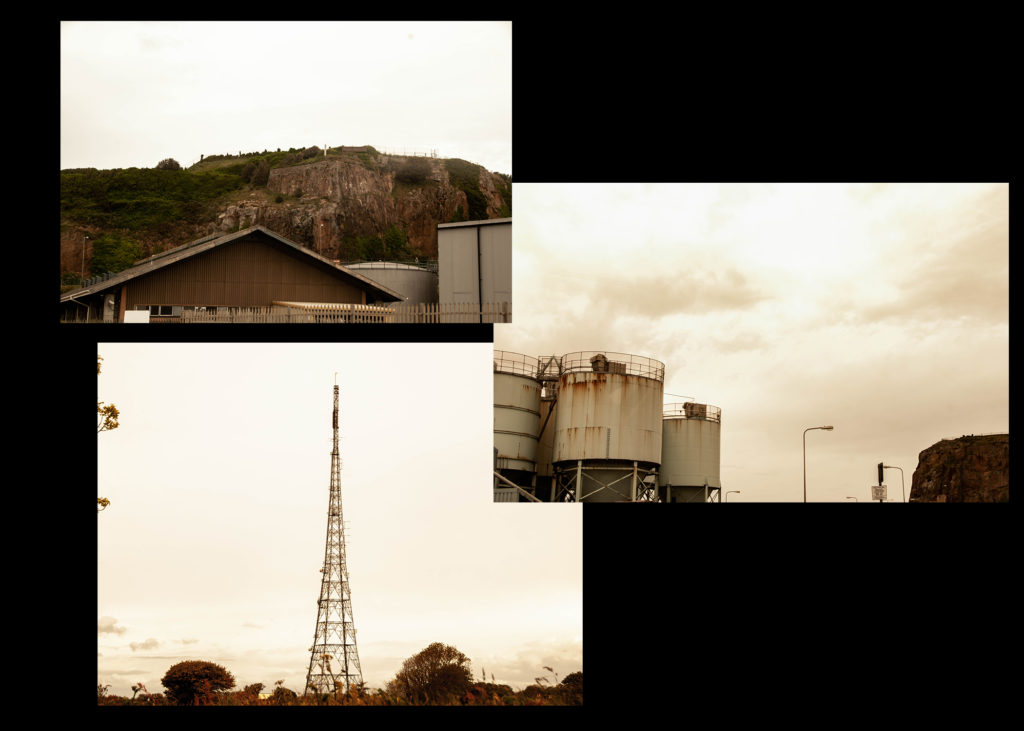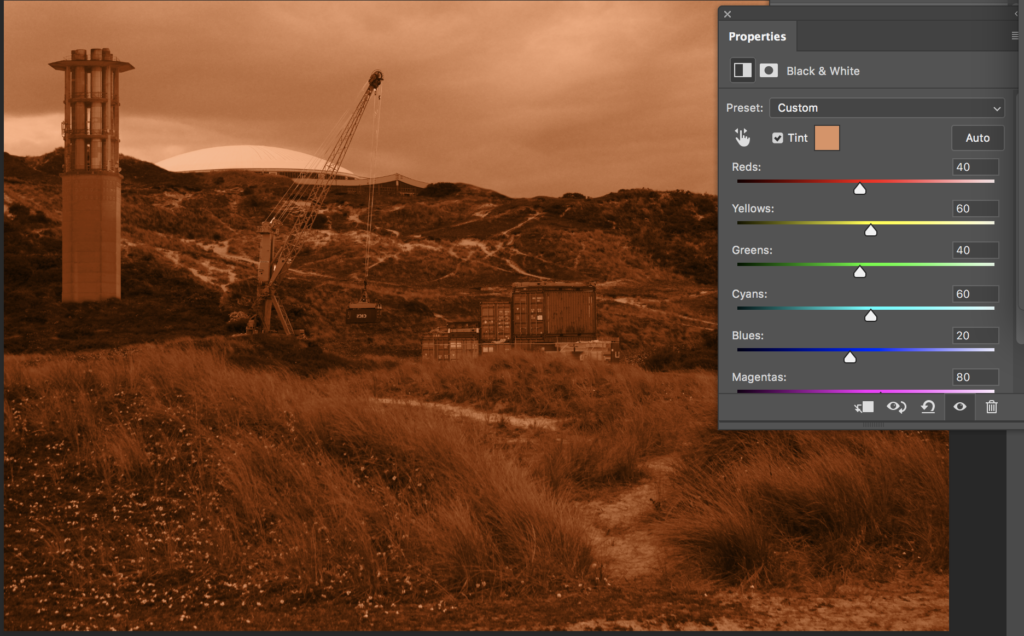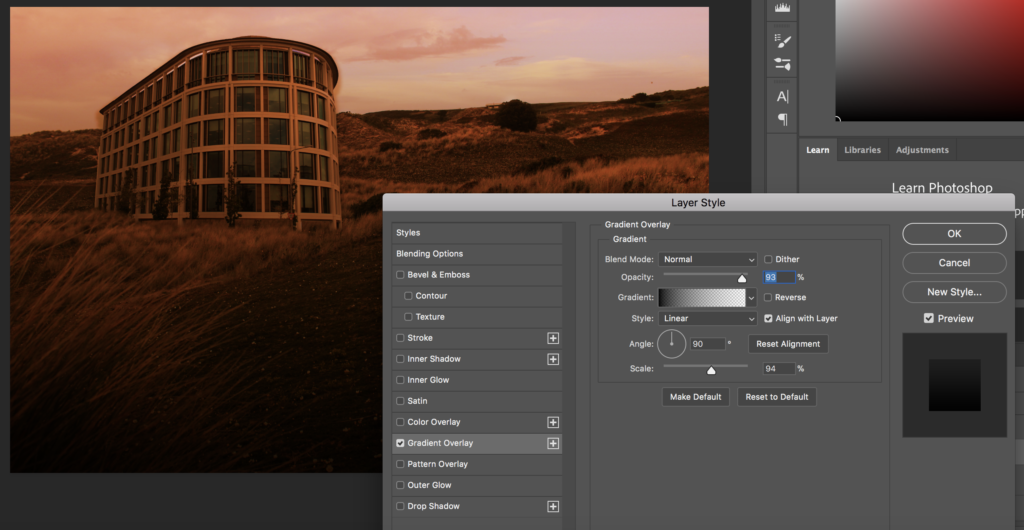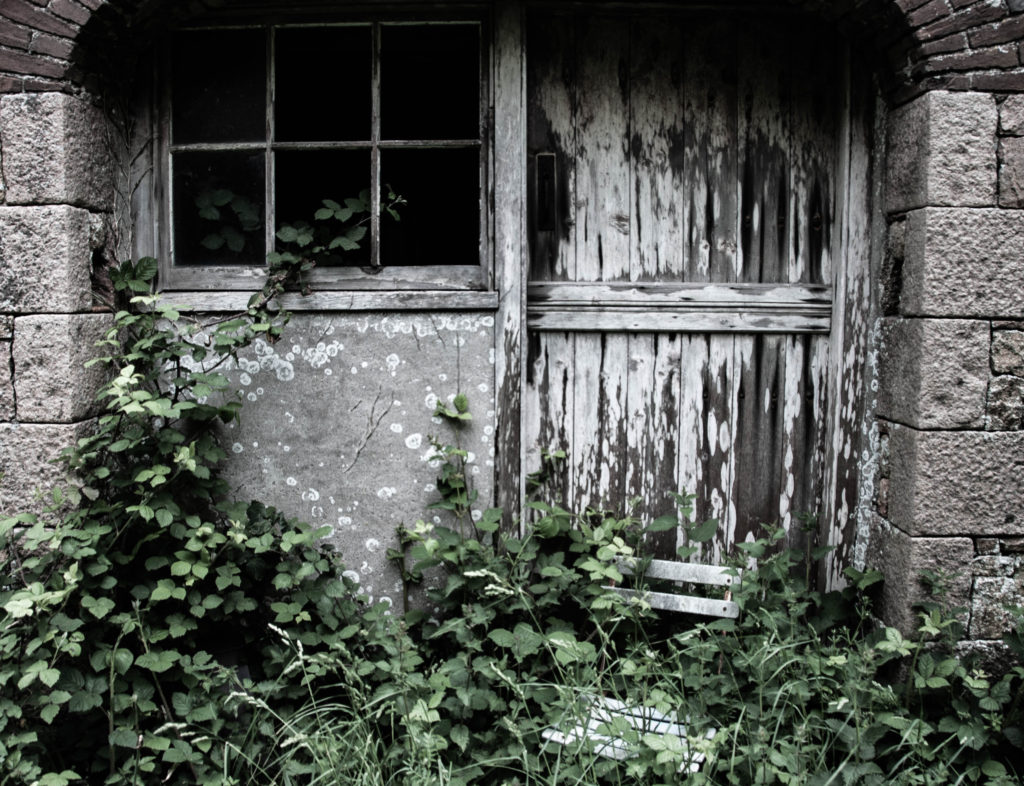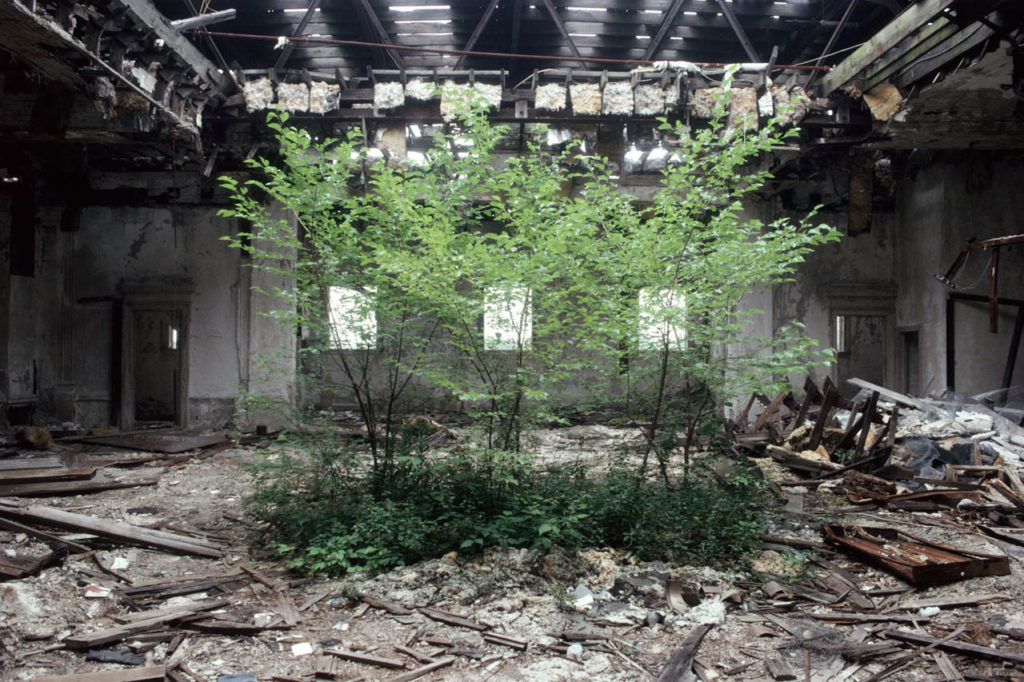
Registration Cards 
Registration Certificate from 1920 
Registration Card from 1928 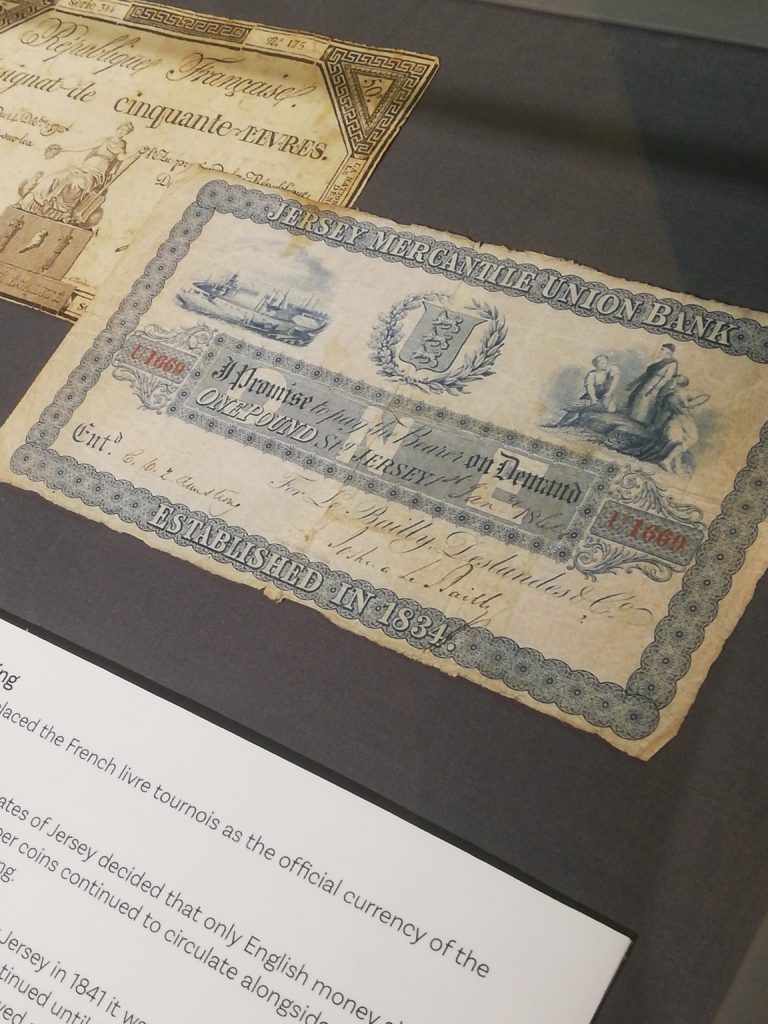
Old one pound note
On 07/06/21 we went to the Jersey museum and art centre. While we were there, we went around the exhibition which was about the heritage of different people in Jersey. In that exhibition, there was a display covered with glass which contained people’s registration cards from when they first moved here.
I went on the Jersey Archive but sadly was unable to find any more information on the people in the images above. However I did do some more research on where the stereotypical ‘Jersey’ surnames actually came from.
The name Le Breton has a long French heritage that first began in north-western region of Brittany. The name taken from when the family lived in the province of Brittany, known to the French as Bretagne.
This surname was first recorded as Normant and Normanus in the 12th century and other early variations include Le Norman, Normand and Le Normand. The census records for the island show people with this surname living in most of the parishes.
It is one of the oldest Jersey surnames, first recorded in the 12th century as de Haya. Other variants of the name include La Haye, delahaye and de la Haie. Census records show that this family originally settled predominantly in the parishes of Trinity and St Helier. A number of de la Haye’s emigrated to new colonies such as Australia.
For more information on this, use the link below.
https://www.jerseyheritage.org/family-history/jersey-names
The pound note in the image above shows that it was established in 1834, when Jersey adopted the English currency. Before 1834, the currency was livre which consisted of French coins. In the 19th century there was a rate of 26 livre = 1 sterling pound. After the livre was replaced by the franc in France in 1795, the supply of coins in Jersey dwindled leading to difficulties in trade and payment. In 1834, an order in council adopted the pound sterling as Jersey’s sole official legal tender, although French copper coins continued to circulate alongside British silver coins, with 26 sous equal to the shilling. Because the sous remained the chief small-change coins, when a new copper coinage was issued for Jersey in 1841, it was based on a penny worth 1⁄13 of a shilling, the equivalent of 2 sous. This system continued until 1877, when a penny of 1⁄12 of a shilling was introduced.

